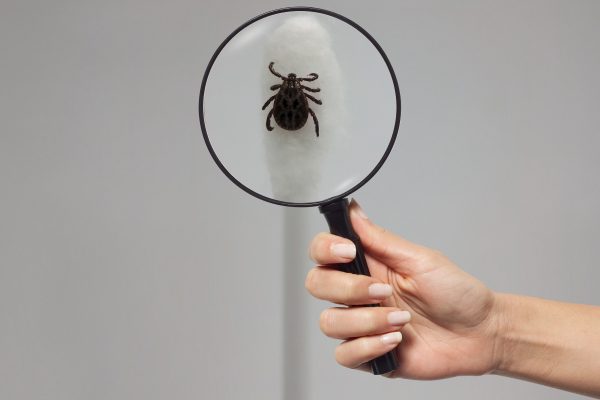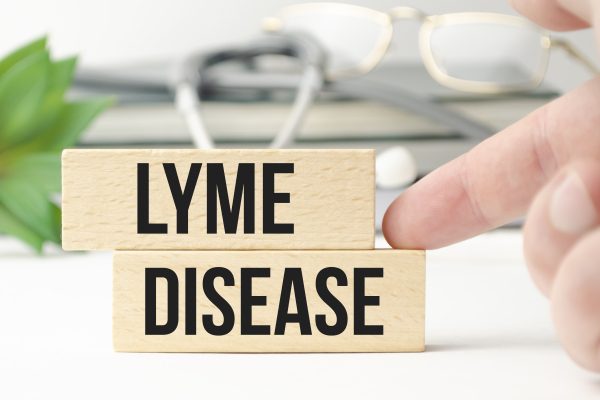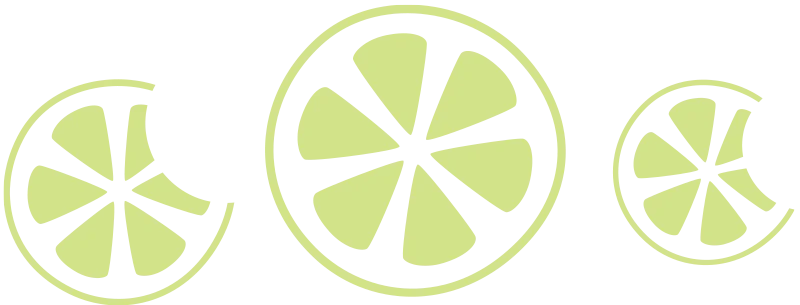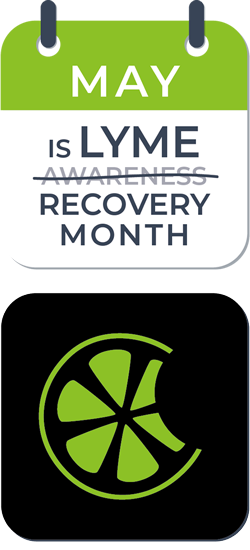If you are struggling with Lyme disease, one of the most common tick borne infectious diseases, you know how debilitating it can be. Not only is the pain itself frustrating, but it’s also difficult to do everyday tasks or activities that the human body is used to doing. The great news is there are ways to manage pain and get your life back on track amid chronic symptoms. In this blog post, you’ll learn five tips for lyme disease pain management which can help you find relief and improve your quality of life.

What is Lyme Disease and how do you get it?
Lyme disease is a bacterial infection transmitted by ticks. It is caused by Borrelia burgdorferi, a bacterium Borrelia burgdorferi which can sometimes be transmitted from an infected deer tick to humans through tick bite. In addition, it can also be transmitted congenitally. It is the most prevalent tick-borne illness in the United States since Lyme disease patients have been reported in every state. It can cause various symptoms, including fever, headache, fatigue, and a characteristic bulls-eye rash.
One common complaint among people with Lyme disease is chronic pain. This means ongoing pain that continues for more than six months.
Untreated Lyme disease can cause serious health problems, from flu-like symptoms to more serious neurological issues. Lyme diagnoses can be pretty challenging as their symptoms are often similar to other diseases, making it essential for Lyme disease patients to see a healthcare provider. Early diagnosis and immediate treatment for lyme disease are necessary for the best possible outcome long-term.
Symptoms of Lyme Disease
One of the most usual Lyme symptoms is a distinctive bullseye-shaped rash that appears 3-30 days after the initial tick bite. However, not all patients will develop this rash, and other common symptoms include joint stiffness, joint pain, severe fatigue, muscle pain, neck stiffness and body aches. These common symptoms often mimic other illnesses, making diagnosing Lyme disease difficult.
Lyme disease can also cause neurological symptoms, such as paralysis of one side of the face (Bell’s palsy) and meningitis. If Lyme is not diagnosed and addressed early, it can lead to serious health problems.
Alleviate Pain Sensors with Relaxation
- Biofeedback or relaxation techniques
These can help you control stress and muscle tension, easing Lyme disease pain. In biofeedback, sensors are placed on your skin to measure muscle tension or brain waves. The information is then fed back to you on a video screen or audiotape so that you can learn to control your body’s response to pain. Relaxation techniques include deep breathing, guided imagery, and progressive muscle relaxation.
- Exercise regularly.
Exercise increases endorphins, natural painkillers in your body. Walking, swimming, and other forms of aerobic exercise also help improve sleep and increase energy levels affected by Lyme disease. You can begin slowly and build up gradually to 30 minutes of exercise daily.
- Acupuncture.
This ancient Chinese therapy involves placing thin needles into your skin at strategic points on your body. Some people with Lyme disease report pain relief after acupuncture.
- Yoga or tai chi.
These mind-body practices may help reduce stress and improve your ability to cope with pain. Though Lyme disease is a bacterial infection that can be difficult to treat, yoga or tai chi can help relieve pain.
Alternative Modalities for Pain Management
- Chiropractic Treatment and Massage
Chiropractic treatment and massage therapy are both alternative modalities that can be used to help manage pain associated with Lyme disease. Chiropractic treatment involves adjusting the spine and other joints in the body to improve the range of motion and relieve pain. Massage therapy uses pressure and strokes on the muscles and tissues to relax the body and relieve pain.
- Therapeutic Touch and Reiki Healing
Many Lyme patients may continue to experience ongoing symptoms for years. For these patients, alternative modalities such as therapeutic touch and Reiki healing may provide relief. Therapeutic touch is a gentle hands-on therapy that promotes relaxation and healing. Reiki is a similar approach that uses the practitioner’s hands to channel energy into the patient’s body. There might be no scientific evidence to support the claims of these therapies, but many Lyme patients report improvements in their symptoms after receiving treatment.
- Dietary Approaches to Treating Pain
Some evidence suggests that certain foods and supplements can help reduce pain, and several different diets have been developed specifically for addressing pain. The most popular of these is the anti-inflammatory diet, which is based on the premise that inflammation is a major contributor to pain. Many other dietary approaches also exist, and working with a qualified healthcare practitioner is crucial to determine which method is best for helping manage Lyme disease.
4. WAVE 1
With emerging technology, there is also an alternative way of addressing Lyme and co-infections through a device called WAVE1. Delivering issue-based frequencies with light, WAVE 1 restores and balances cells to improve the immune system in a safe and easy-to-use, wearable device.

Living with Chronic Pain from Lyme Disease
If you’re living with chronic pain from Lyme disease, you’re not alone. Many people with Lyme disease suffer from ongoing pain, fatigue, and other symptoms for years before they are diagnosed. While there is no cure for Lyme disease, there are many options available to help relieve pain and other symptoms so that you are able to live an easier life. Remember that you are not alone and there are people that can help encourage you and uplift you, especially in the hardest times. You can check out our Facebook and Instagram accounts to learn more from others who have experienced Lyme and how they were able to get back up. There is always hope.



